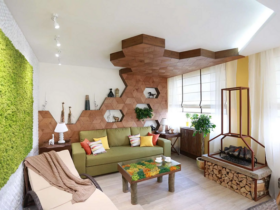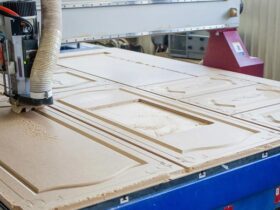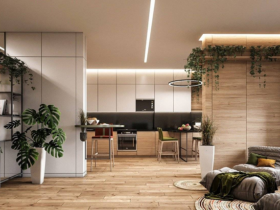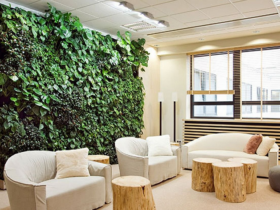It is believed that the technology for the construction of frame houses was developed in Canada after the Second World War, when the country had to accept a giant number of emigrants from Europe. At the same time, demobilized military personnel returned to the United States, young families arose, who also had to be provided with cheap and affordable housing, so the appearance of this technology was quite natural.
However, examples of using frame technology go into such a distant past that it remains only to be amazed. For example, in Japan, the ISE Temple, built precisely on this principle, has been preserved in Japan, still 7 centuries BC!
In the Middle Ages, this technology was also actively used in the construction of the eater houses, and the wooden frame served both a support and a decorative element, and the gaps between the walls were filled with straw, lime and even manure.
20th century proved that everything new is well forgotten old. Of course, modern frame houses cannot even be compared in terms of reliability and comfort with old buildings. Although the principle remained the same, new materials appeared, and the production of frames is now put on the industrial basis. So, in Canada, about 75% of the housing stock was built precisely using frame wooden technology.
Such a wide demand for frame houses is due to their advantages:
• rapid pace of construction of frame houses at the expense of the factory assembly;
• their environmental friendliness and energy conservation;
• the possibility of a variety of architectural solutions;
• the ability to build and rent turnkey frame houses regardless of the season;
• lack of shrinkage;
• lower cost compared to other types of construction.
Frame housing construction is increasingly widespread in our country. There are currently many of its options, however, in any case, one of the conditions for the successful operation of the frame house is a clear observance of the technology for its construction. However, internal and outer wall decoration can be performed depending on the wishes of the customer.








